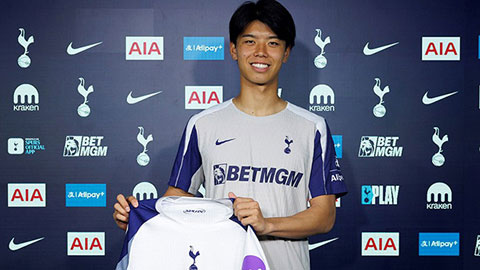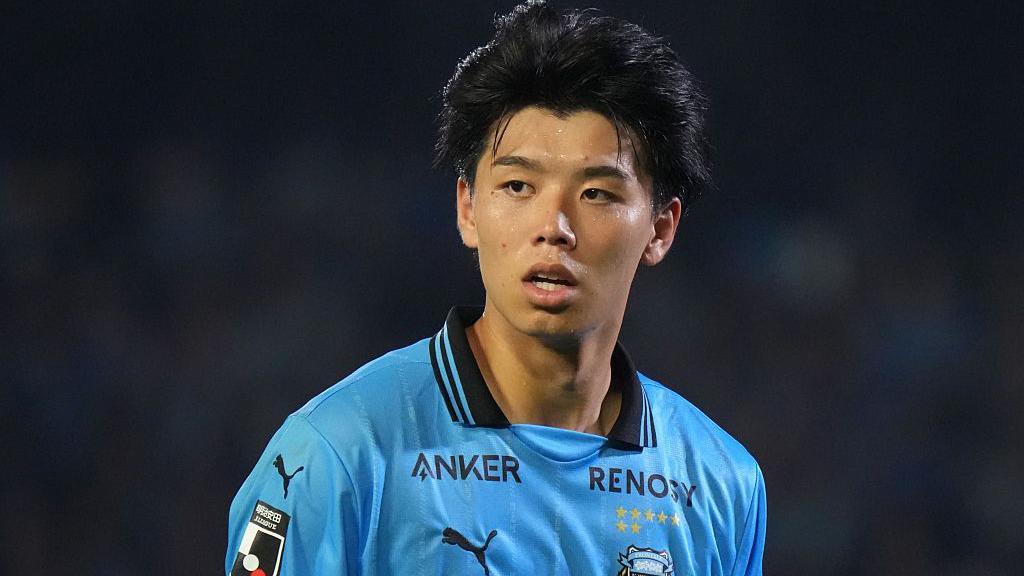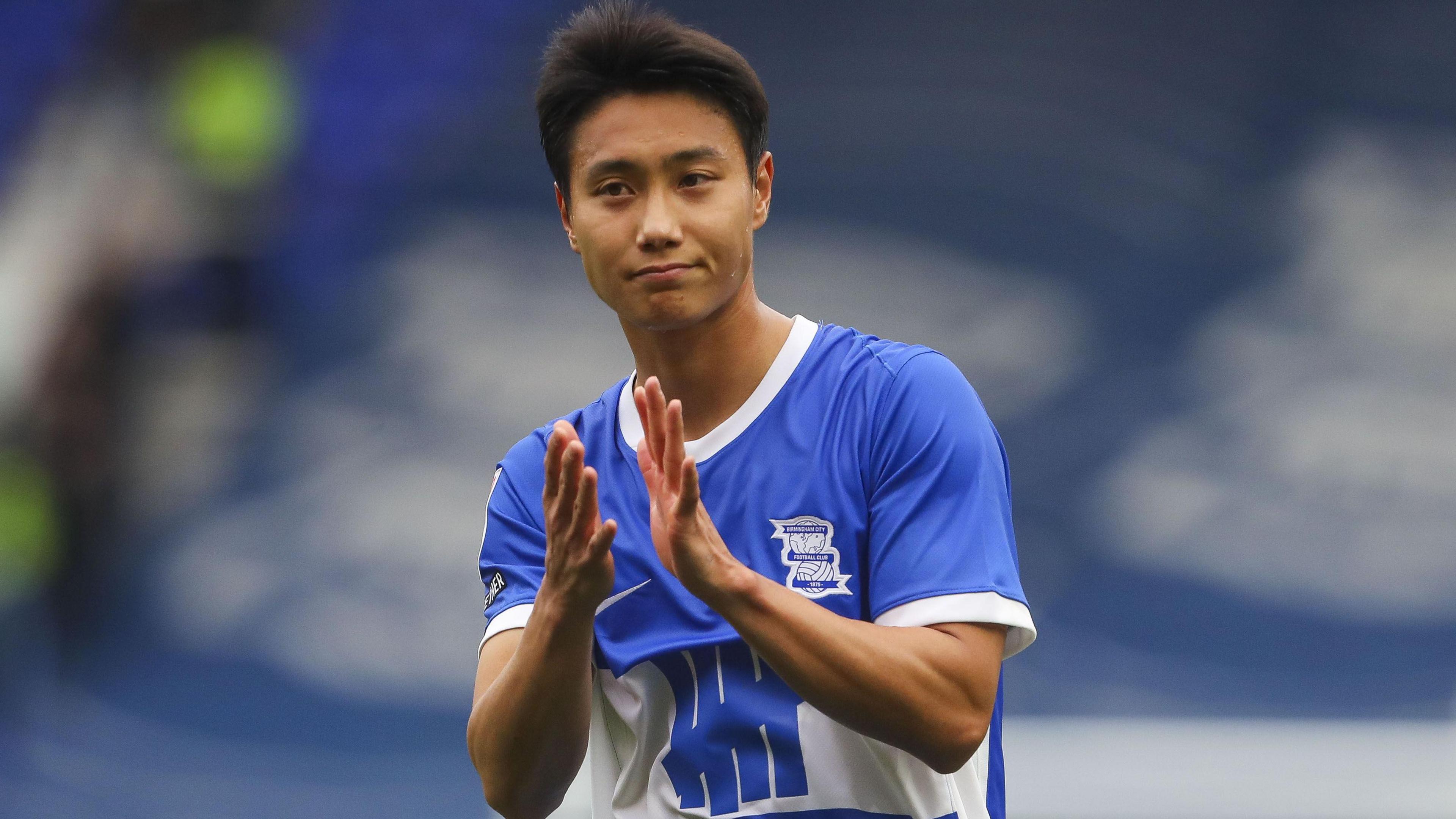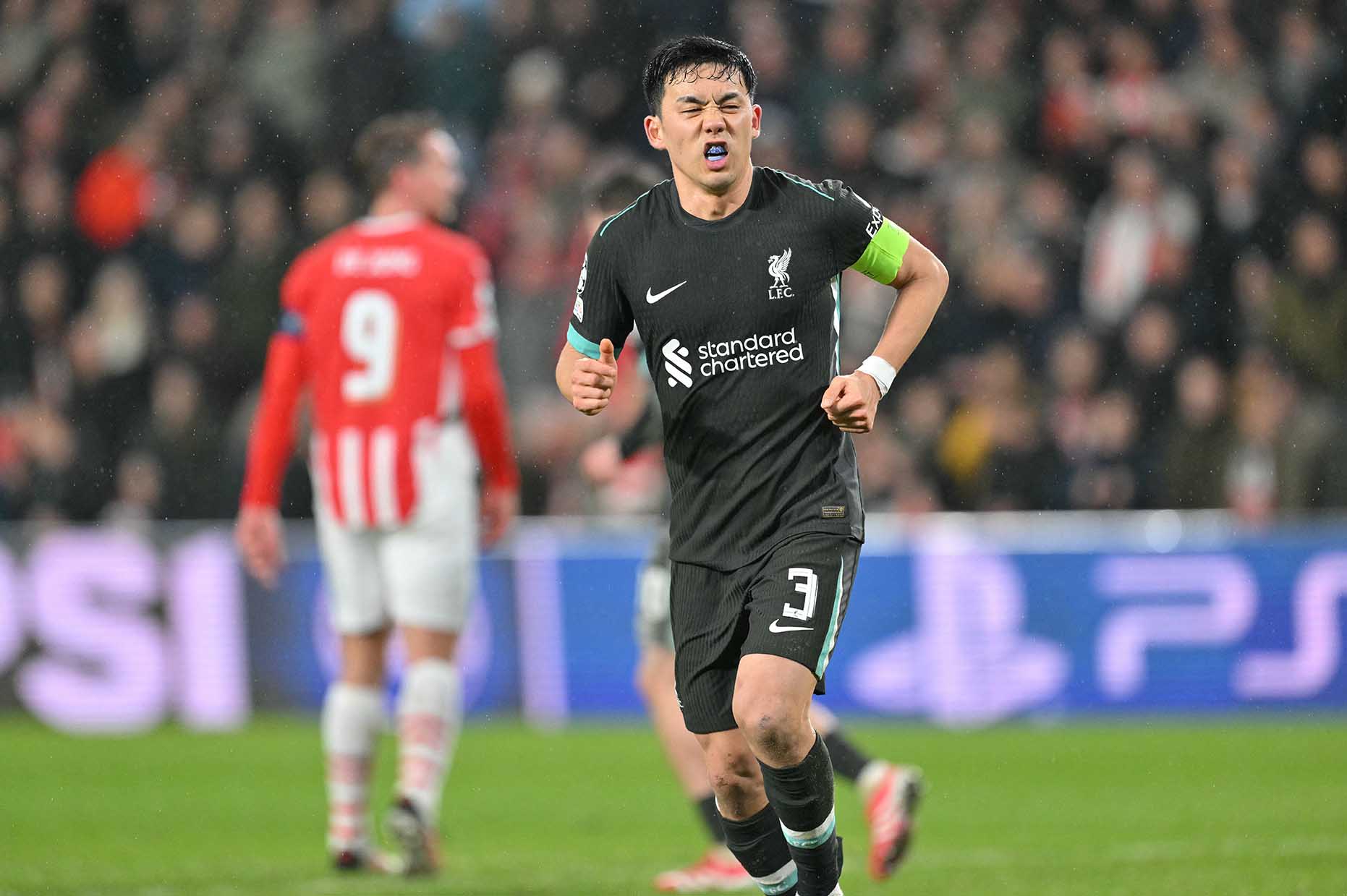Spurs and Newcastle are two of the Premier League clubs that have recruited Asian players from the world's fastest growing talent group, with an increasingly appreciated technical capacity. Japanese and Korean players have given incense, will the opportunity for Southeast Asian players like Vietnam and Thailand?
Coach Arsene Wenger went ahead in 2013 when he identified one of the fastest growing talent groups in the world. “I find a very interesting new market and competition is the Japanese market,” he said. “Look at the number of Japanese players currently playing in Germany.”
And now he is. This summer, Japan's Kota Takai became part of the new Thomas Frank era in Tottenham, while Birmingham added two Japanese players, bringing their total Asian players to 3 people. They also have Korean midfielder Paik Seung-ho, while his compatriot, Park Seung-soo, joined Newcastle from Suwon Bluewings.
“We are entering a new area,” Newcastle's Oliver Slater recruited. The post -Brexit rules have helped clubs easily sign a player directly from Asia, and talents in East Asia are also more appreciated.
Japan is not only the first national team to attend the 2026 World Cup, but also set the championship ambition, when the captain and midfielder of Liverpool, Wataru Endo, said it was time to talk about victory. The Japanese Football Federation has long set the championship goal in 2050, but now wants earlier.
They are talking about reaching the semi -finals in 2026, in the semi -finals in 2030 and then winning. With talents like Brighton's Kaoru Mitoma and Japanese young training system are one of the best systems in the world, this will not be surprising.
There are currently 5 Japanese players playing in the Premier League after Takehiro Tomiyasu leaves Arsenal because of injury. There are 9 Japanese players playing in Championship and – in addition to England and Ireland – only Jamaica, Denmark and Australia have more representatives in this tournament.
“The Premier League has changed English football, and that has also changed the Championship,” Eddy Bosnar, who played football in Japan and South Korea before returning to Australia, where he later became the recruitment director of Western Sydney Wanderers.
“Football is now much higher and suitable for Japanese players because they are excellent in this respect, and also agile and always ready to listen and learn. Australia has been superior to them from 2000 to 2005, but now, Japan has risen very far.”
The Asian player is not only good but the price is also relatively cheaper and goes abroad to play at a younger age. Takai, a high -class defender called “van Dijk of Japan's van Dijk”, is the most expensive Japanese player in J.League history, but he has joined Spurs for less than 6 million pounds.
“In Japan, they want to create opportunities for players to Europe because it is good for Japanese football in the long run,” Bosnar, who also played for Dinamo Zagreb. “They are like clubs in Croatia, waiting for the second transfer period – the player comes and sold it, then there is a resale term.”
There is a debate in Japan about whether clubs are underestimating their talents, and when more and more players impress, the fee will definitely increase. However, at present, they are helping young players and J.League clubs want the best players to join Tottenham rather than a domestic opponent.
Korean clubs have ever received a higher fee for young talents, and although the current team Jeonbuk Motors has now refused their star Jeon Jin-Woo to move to Championship when they were in the middle of the championship race, but also wanted their players to England.
The successful example of the Japanese and Korean players in the Premier League will definitely be the inspiration and hope for other Asian players, especially the younger generations of Vietnamese players.










